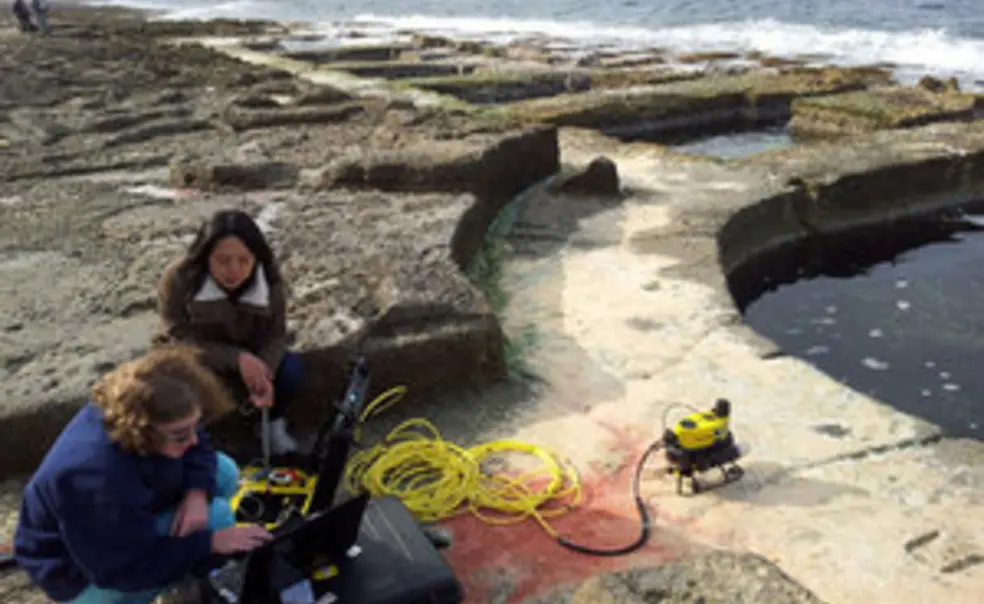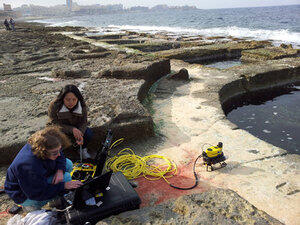Kornfeld Simpson '14 uses computer science to aid archaeologists
The complicated network of underground tunnels and wells under the island of Malta holds promise for archaeologists seeking to uncover more of the nation’s history. But to humans, they are largely inaccessible because of their narrow passages and the modern-day buildings that sit atop many. Archaeologists have resorted to using autonomous robots to explore the tunnels’ depths, and Princeton computer science major Anna Kornfeld Simpson ’14 has worked to improve how robots can navigate and understand where they are in the tunnels.
Kornfeld Simpson became interested in the project after a course in autonomous robot navigation with visiting professor Christopher Clark during her sophomore year. Looking for a way to get involved and apply what she’d learned, Kornfeld Simpson joined Clark’s team and set off for Malta last spring.
Kornfeld Simpson was tasked with finding a way to make it easier for a robot to move about the tunnels and create maps from the sonar information it collects. A robot lowered into an underwater tunnel is good at swimming, she said, but difficulties arise with how well the robot knows where it’s going. Sonar is helpful, but only up to a certain point.
“The biggest challenge with this data is that it’s really noisy, messy, and complicated,” she explained. “It’s just a whole bunch of numbers to the robot. ... [The robot] takes a ‘look around’ like a bat might do. It finds out roughly how far away the nearest obstacle is in all directions.”
Unfortunately, that approach isn’t good enough for the sort of precision archaeologists need. To the human eye, reviewing the raw sonar data may depict tunnel walls that one can infer just by tracing what one sees as though it were a map. But robots can’t go that extra step and define clear walls around them without a little help.
By finding ways to fit lines to the data points and essentially connect the dots, Kornfeld Simpson was able to provide that help and give these robots a sense of how to recognize walls around them. The contribution of her independent work will allow robots to more effectively move within and map these tunnels for further archaeological research in Malta and elsewhere.
The improved accuracy of these maps from Kornfeld Simpson’s work can provide important new information to archaeologists about the history of Malta’s wells. “The shape of the tunnel tells them roughly how old it is,” she explained.
For Kornfeld Simpson, the project provided a unique challenge and allowed her to see how computer science can contribute to different fields of research. “It’s exciting get to be in these old cities — and also to discover something new about them,” she said.














No responses yet